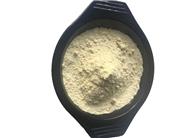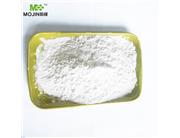| CAS: | 39831-55-5 |
| MF: | C22H45N5O17S |
| MW: | 683.68 |
| EINECS: | 254-648-6 |
| Product Categories: | Inhibitors;Antibiotics;Amines;Intermediates & Fine Chemicals;Oligosaccharides;AMIKIN;Active Pharmaceutical Ingredients;Pharmaceuticals |
| Mol File: | 39831-55-5.mol |
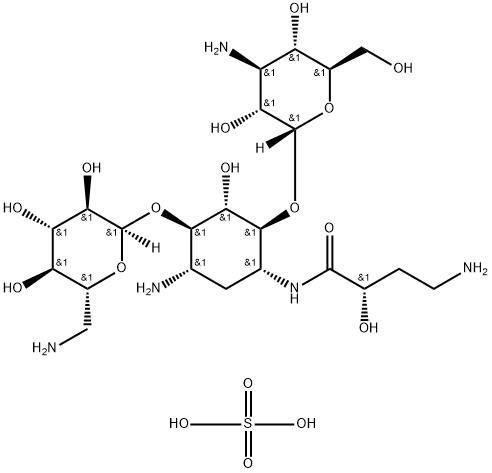 |
|
| Amikacin Disulfate Chemical Properties |
| Melting point | 220-230 C |
| alpha | D22 +74.75° (water) |
| storage temp. | Inert atmosphere,2-8°C |
| solubility | H2O: 50 mg/mL, clear, colorless |
| form | powder |
| color | white to off-white |
| PH | pH(10g/L, 25℃) : 2.0~4.0 |
| Water Solubility | Soluble in water at 50mg/ml with warming |
| Merck | 13,404 |
| BRN | 6172633 |
| Stability: | Hygroscopic |
| CAS DataBase Reference | 39831-55-5(CAS DataBase Reference) |
| EPA Substance Registry System | Amikacin sulfate (39831-55-5) |
| Amikacin Disulfate Usage And Synthesis |
| Chemical Properties | White Solid |
| Originator | Amikin,Bristol,US,1976 |
| Uses | Semisynthetic aminoglycoside antibiotic derived from Kanamycin A. Antibacterial. |
| Uses | Analgesic |
| Uses | Amikacin disulfate is used as an aminoglycoside antibiotic derived from Kanamycin A, used for treating infections with multidrug resistant Gram negative bacteria such as Pseudomonas aeruginosa, Acinetobacter, and Enterobacter. It is commonly used in the treatment of drug-resistant mycobacteria. It is used to study organism-directed delivery of antibiotics as well as drug resistance. |
| Definition | ChEBI: An aminoglycoside sulfate salt obtained by combining amikacin with two molar equivalents of sulfuric acid. |
| Manufacturing Process | Preparation of L-(-)-γ-benzyloxycarbonylamino-α-hydroxybutyric acid: L-(-)-γ- amino-α-hydroxybutyric acid (7.4 g, 0.062 mol) was added to a solution of 5.2 grams (0.13 mol) of sodium hydroxide in 50 ml of water. To the stirred solution was added dropwise at 0-5°C over a period of 0.5 hour, 11.7 grams (0.068 mol) of carbobenzoxy chloride and the mixture was stirred for another hour at the same temperature. The reaction mixture was washed with 50 ml of ether, adjusted to pH 2 with dilute hydrochloric acid and extracted with four 80 ml portions of ether. The ethereal extracts were combined, washed with a small amount of saturated sodium chloride solution, dried with anhydrous sodium sulfate and filtered. The filtrate was evaporated in vacuum and the resulting residue was crystallized from benzene to give 11.6 grams (74%) of colorless plates; MP 78.5°C to 79.5°C.
Preparation of N-Hydroxysuccinimide Ester of L-(-)-γ-Benzyloxycarbonylamino- α-hydroxybutyric acid: A solution of 10.6 grams (0.042 mol) of L-(-)-γ- benzyloxycarbonylamino-α-hydroxybutyric acid and 4.8 grams (0.042 mol) of N-hydroxysuccinimide in 200 ml of ethyl acetate was cooled to 0°C and then 8.6 grams (0.042 mol) of dicyclohexylcarbodiimide was added. The mixture was kept overnight in a refrigerator. The dicyclohexylurea which separated was filtered off and the filtrate was concentrated to about 50 ml under reduced pressure to give colorless crystals of L-(-)-γ-benzyloxycarbonylamino- α-hydroxybutyric acid which were collected by filtration; 6.4 grams, MP 121- 122.5°C. The filtrate was evaporated to dryness in vacuum and the crystalline residue was washed with 20 ml of a benzene-n-hexane mixture to give an additional amount of L-(-)-γ-benzyloxycarbonylamino-α-hydroxybutyric acid. The total yield was 13.4 grams (92%).
Preparation of 1-[L-(-)-γ-Benzyloxycarbonylamino-α-Hydroxybutyryl]-6'- Carbobenzoxykanamycin A: A solution of 1.6 grams (4.6 mmol) of L-(-)-γ- benzyloxycarbonylamino-α-hydroxybutyric acid in 40 ml of ethylene glycol dimethyl ether (DME) was added dropwise to a stirred solution of 2.6 grams (4.2 mmol) of 6'-monobenzyloxycarbonylkanamycin A in 40 ml of 50% aqueous ethylene glycol dimethyl ether and the mixture was stirred overnight. The reaction mixture was evaporated under reduced pressure to give a brown residue 1-[L-(-)-γ-benzyloxycarbonylarnino-α-hydroxybutyryl]-6'- carbobenzoxykanamycin A which was used for the next reaction without further purification.
Preparation of 1-[L-(-)-γ-Amino-α-Hydroxybutyryl] Kanamycin A: The crude product 1-[L-(-)-γ-benzyloxycarbonylamino-α-hydroxybutyryl]-6'- carbobenzoxykanamycin A was dissolved in 40 ml of 50% aqueous dioxane and a small amount of insoluble material was removed by filtration. To the filtrate was added 0.8 ml of glacial acetic acid and 1 gram of 10% palladiumon- charcoal and the mixture was hydrogenated at room temperature for 24 hours in a Parr hydrogenation apparatus. The reaction mixture was filtered to remove the palladium catalyst and the filtrate was evaporated to dryness in vacuum.
The residue was dissolved in 30 ml of water and chromatographed on a column of CG-50 ion exchange resin (NH4 + type, 50 cm x 1.8 cm). The column was washed with 200 ml of water and then eluted with 800 ml of 0.1 N NH4OH, 500 ml of 0.2 N NH4OH and finally 500 ml of 0.5 N NH4OH. Ten milliliter fractions were collected and fractions 146 to 154 contained 552 mg (22%. based on carbobenzoxykanamycin A, 6'- monobenzyloxycarbonylkanamycin A) of the product which was designated BB-K8 lot 2. MP 187°C (dec). Relative potency against B. subtilis (agar plate) = 560 mcg/mg (standard: kanamycin A free base).
A solution of 250 mg of BB-K8 lot 2 in 10 ml of water was subjected to chromatography on a column of CG-50 (NH4 + type, 30 cm x 0.9 cm). The column was washed with 50 ml of water and then eluted with 0.2 N NH4OH. Ten milliliter fractions were collected. Fractions 50 to 63 were combined and evaporated to dryness under reduced pressure to give 98 mg of the pure product base.
Preparation of the Monosulfate Salt of 1-[L-(-)-γ-Amino-α-Hydroxybutyryl] Kanamycin A: One mol of 1-[L-(-)-γ-amino-α-hydroxybutyryl] kanamycin A is dissolved in 1 to 3 liters of water. The solution is filtered to remove any undissolved solids. To the chilled and stirred solution is added one mol of sulfuric acid dissolved in 500 ml of water. The mixture is allowed to stir for 30 minutes, following which cold ethanol is added to the mixture till precipitation occurs. The solids are collected by filtration and are determined to be the desired monosulfate salt. |
| Brand name | Amikin (Apothecon). |
| Therapeutic Function | Antibacterial |
| Safety Profile | Poison by intravenous route.Moderately toxic by intraperitoneal and subcutaneousroutes. An experimental teratogen. Other experimentalreproductive effects. When heated to decomposition itemits very toxic fumes of NOx and SOx. |
Packing &shipping&Payment
Packing:25kg/drum
Shipping:by sea or by air
Payment:T/T,western union,moneygram
Packaging Details drum
Port:Tianjin
Lead Time :
| Quantity(Kilograms) | 1 - 10000 | >10000 |
| Est. Time(days) | 5 | To be negotiated |

 Company information
Company information
Hebei Mojin Biotechnology Co., Ltd, Our company is a professional in 4'-Methylacetophenone,Levamisole hydrochloride ,N-Methylformamide and other chemical reagents research and development production enterprises. Our business covers more than 30 countries, most of the big customers come from Europe, America and other countries in the world, we can guarantee the quality and price. In recent decades, with the efforts of all employees, we have established many cooperative companies in shandong, henan, guangdong and other places. Our corporate purpose is based on the market, enhance the strength, take the road of scientific and environmental sustainable development, relying on the country. Technology r & d center, increase the investment in r & d, based on the domestic market, expand the international market, manufacturing quality products, sincere service to the society, into a modern, ecological, scientific and technological enterprise world.
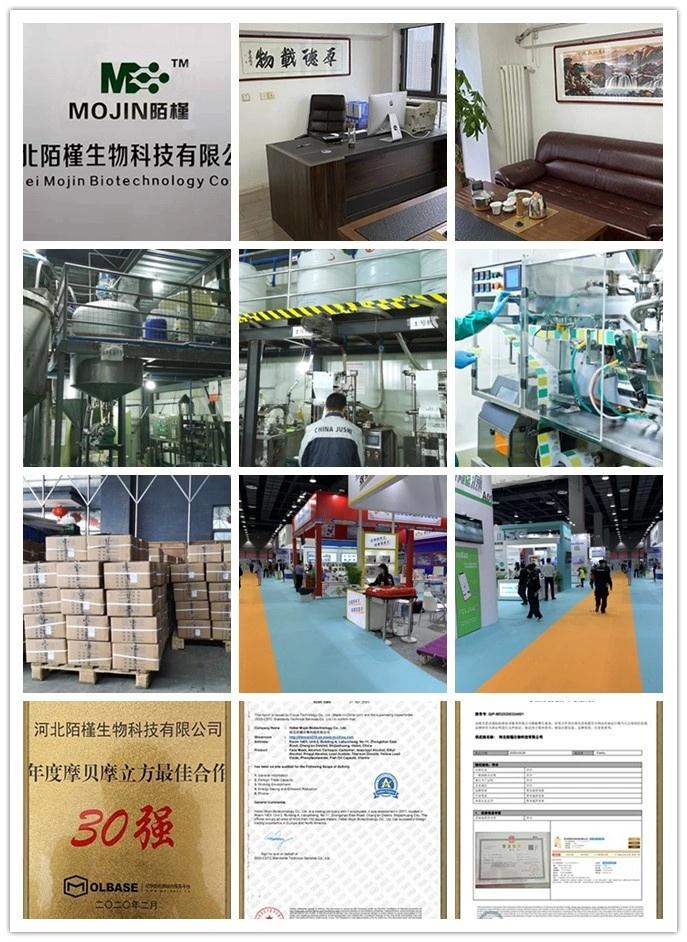 Advantage
Advantage
In stock
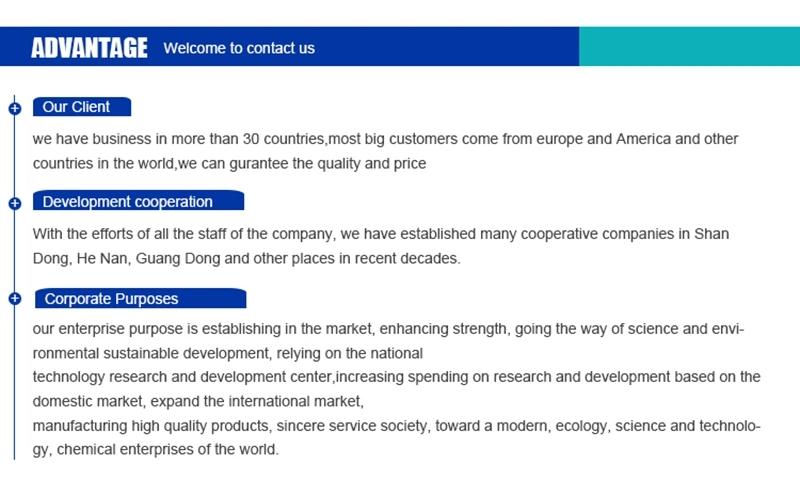
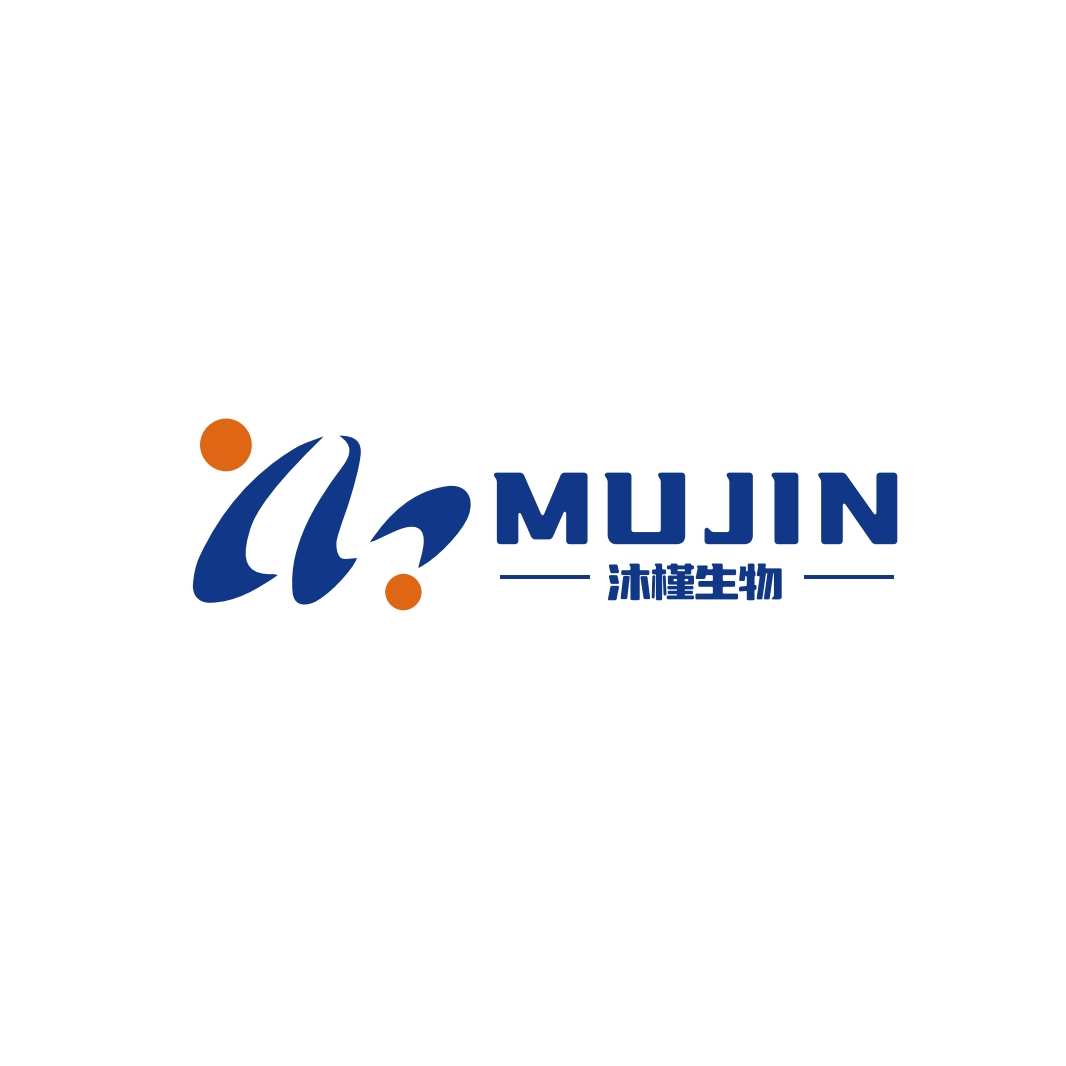
 Japan
Japan
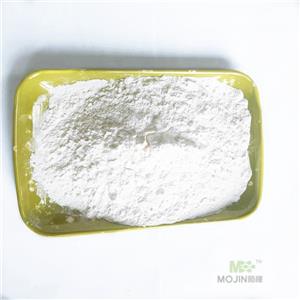
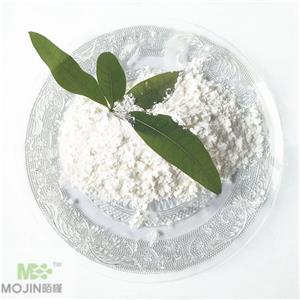
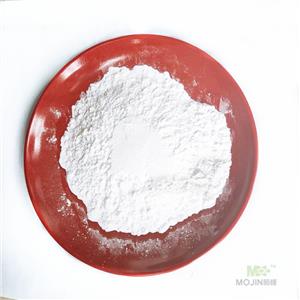
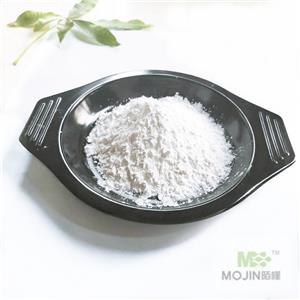
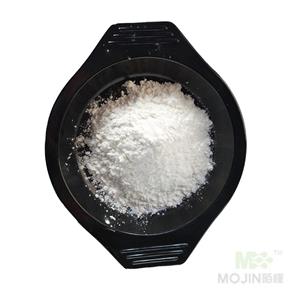


 Company information
Company information Advantage
Advantage

